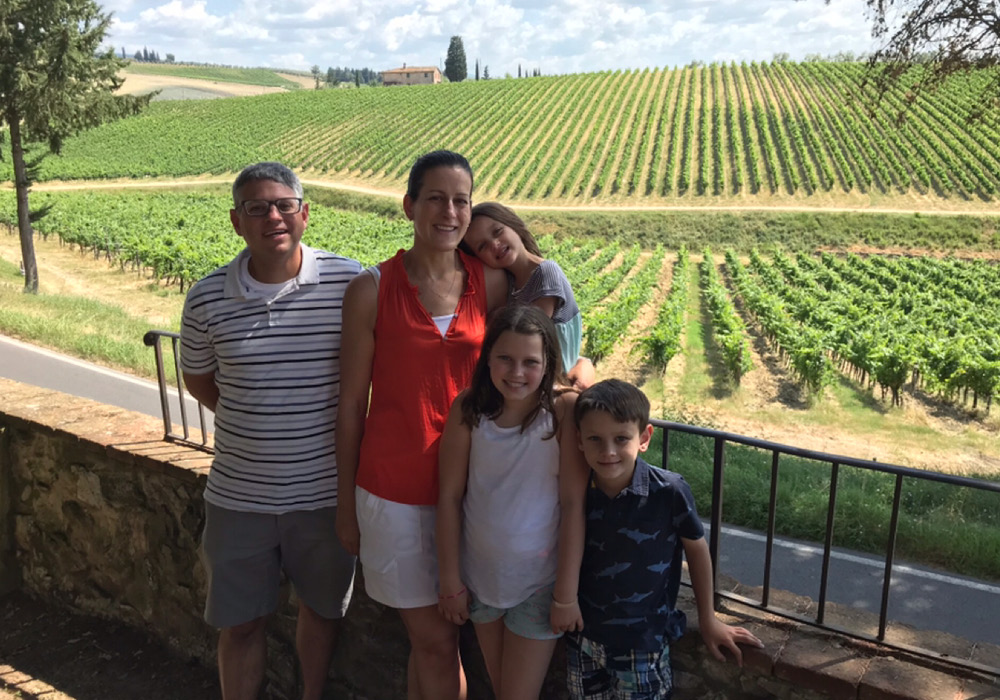by
User Not Found
| Dec 19, 2018
This month, meet Director of Financial Planning and Wealth Manager Julie Parisio Roy, who will be happy to put together your IKEA furniture in addition to providing expert financial advice.
Q: Briefly describe your job.
A: The majority of my days are spent working with clients to craft financial plans and educate them on the best paths to achieve their goals.
Q: What’s your favorite thing about your position and/or about working at Badgley Phelps?
A: The people! After 15 years with the firm, I definitely have a “work family,” and its members are always entertaining. We collaborate to find the best financial solutions for our clients. I also enjoy working with clients, new and long-term alike. Their stories inspire me!
Q: Who is one of your role models and why?
A: Oprah Winfrey. I love her work ethic, relentless pursuit to know and understand people for who they are and commitment to highlight the successes of people for the betterment of others.
Q: What do you like to do when you’re not at the office?
A: My favorite roles include: wife and mom, aka taxi driver; chef; household manager; travel agent; social secretary and laundress. When my second shift is done, I enjoy mindless reality TV or the latest Netflix/Amazon series, running in my neighborhood and catching up with friends! My favorite weekend getaway is Hartstene Pointe in South Puget Sound.
Q: Where else besides the Seattle area would you like to live?
A: Tuscany
Q: What is the song title that best describes your personality?
A: “She Works Hard for the Money.” Just kidding! I try hard to always have gratitude for the small and big things in life, so “These Are the Days” by 10,000 Maniacs probably best describes me. Life is short and I want to enjoy and honor my blessings—and remember to lean into the challenges.
Q: What accomplishments are you most proud of?
A: The letters after my name are professionally gratifying, but my favorite titles are wife and mom.
Q: What motivates you?
A: Happiness for my family and friends, my colleagues and for our clients. The definition of happiness is different for everyone, and evolves with time, so happiness as a motivator is both interesting and challenging!
Q: What’s a little-known fact about you?
A: I learned important life lessons at my first jobs. Working at Hallmark in high school, I learned to write tear-jerker card messages and wrap perfect presents. At IKEA, my college job, I learned that I can assemble furniture without instructions—just toss me the Allen wrench.
Q: What’s been your best moment so far this year?
A: Taking an extended vacation this summer in Italy. My hubby and I loved introducing the country and culture to our kids.

Q: What’s your favorite app?
A: Instacart
Q: What’s your favorite cause?
A: Susan G. Komen and Northwest Hope and Healing are both very important to me, in memory of my mom who lost her battle with breast cancer 10 years ago.
Q: What advice to you have for others in financial services?
A: The dynamic nature of this industry and the responsibility we have to our clients can be very heavy. When I feel the weight of my role, I try to remember we are trusted with clients’ fears and dreams, and let into a corner of their lives few usually see. It is in this reflection that I feel the privilege and sanctity of our client relationships.
